Cottage Cheese Flatbread (High-Protein, Low-Carb, Gluten-Free)
Quick, healthy, and surprisingly satisfying this Cottage Cheese Flatbread recipe turns a few simple ingredients into something golden, soft, and just crisp enough around the edges. It’s low-carb, high-protein, gluten-free, and ready in minutes. No kneading, no special tools just cottage cheese, almond flour, an egg, and a skillet.
Whether you’re looking for a light lunch, a wrap alternative, or a snack that feels indulgent but isn’t, this flatbread delivers. And honestly? You’ll be shocked it came from cottage cheese.
In this post, you’ll get the full recipe, smart cooking tips, easy swaps, and answers to common questions all in one place. Let’s turn your fridge basics into flatbread brilliance.
Why You’ll Love This Cottage Cheese Flatbread
This isn’t just another flatbread recipe it’s a pantry-friendly powerhouse. Here’s what makes it worth your time:
- Quick and easy
- No yeast, no rise time, no fancy equipment
- Ready in under 10 minutes from bowl to plate
- Nutritionally smart
- High-protein (thanks to cottage cheese and egg)
- Naturally low-carb and gluten-free
- Great for keto, low-glycemic, or diabetic-friendly diets
- Incredibly versatile
- Works as a wrap, side, snack, or base
- Pairs with sweet or savory toppings (think: avocado, hummus, smoked salmon, eggs)
- Delicious texture
- Soft center, crispy edges
- Sturdy enough to hold fillings without breaking
- Minimal ingredients
- Just 6 basic items you likely already have
- Budget-friendly and fridge-clearing
- Customizable
- Add herbs, spices, or cheese for different flavor spins
- Use it plain or dress it up
- Meal-prep friendly
- Store in the fridge or freezer
- Reheats well without drying out
Ingredients You’ll Need
This cottage cheese flatbread keeps it simple just a handful of everyday ingredients you probably already have on hand. Here’s what goes into it:
- 1 cup cottage cheese
- Use full-fat for creaminess, but low-fat works too
- Blending it gives a smoother batter and softer texture
- 1 cup almond flour
- Finely ground almond flour works best
- Adds a nutty flavor and keeps it gluten-free
- 1 large egg
- Acts as the binder for structure and protein
- ¼ tsp garlic powder
- For a subtle savory kick
- Optional, but recommended
- ¼ tsp baking powder
- Helps lift the flatbread slightly and keep it light
- Pinch of salt
- Balances flavor adjust to taste
- 1 tbsp olive oil (for cooking)
- Adds crisp edges and prevents sticking
- Avocado oil also works well
How to Make Cottage Cheese Flatbread (Step-by-Step)
This recipe is as easy as mix, shape, and cook no rolling pins or bread-making skills required. Here’s how to do it:
1. Make the Batter
- In a medium bowl, combine:
- 1 cup cottage cheese
- 1 cup almond flour
- 1 egg
- ¼ tsp garlic powder
- ¼ tsp baking powder
- Pinch of salt
- Mix until thick and smooth. A hand blender makes it extra creamy, but a spoon works too.
2. Preheat the Skillet
- Place a non-stick skillet over medium heat.
- Add 1 tbsp olive oil and let it warm up the pan should be hot but not smoking.
3. Shape the Flatbread
- Scoop 2–3 tablespoons of batter and drop it into the pan.
- Gently flatten it into a round disc with the back of your spoon.
4. Cook on Both Sides
- Let it cook for 2–3 minutes per side until golden brown and set.
- Flip gently it’ll be soft but should hold together.
5. Repeat
You should get 4–6 flatbreads from one batch.
Add more oil if needed between batches.
Tips & Tricks for Flatbread Perfection
Making cottage cheese flatbread is simple, but a few small tweaks can take it from good to seriously great. Here’s how to get the best results every time:
- Blend the cottage cheese for smoother texture
- This removes any curd-like lumps and gives you a batter that spreads and cooks evenly.
- Use finely ground almond flour
- Avoid almond meal (too coarse); it can lead to gritty, uneven texture.
- Preheat the skillet properly
- A warm pan ensures even cooking and helps the flatbread crisp up at the edges. Cold pans = soggy middles.
- Don’t overcrowd the pan
- Cook 1–2 at a time to make flipping easier and keep heat consistent.
- Watch the thickness
- Spread the batter to about ¼-inch thick. Too thick, and it stays mushy inside; too thin, and it becomes cracker-like.
- Be patient when flipping
- Let the bottom fully set before turning. If you flip too early, it may fall apart.
- Oil between batches if needed
- A little extra oil keeps each round golden and prevents sticking.
- Cool slightly before stacking or storing
- This keeps them from steaming each other and turning soft.
Substitutions & Variations
This cottage cheese flatbread is a flexible base that adapts to your cravings and pantry whether you’re dairy-free, spice-obsessed, or just feeling creative. Here are some ways to switch it up:
Ingredient Swaps
- No almond flour?
- Try coconut flour (start with just ⅓ cup; it’s more absorbent).
- Oat flour works too, but the texture will be softer and less crisp.
- No egg?
- Use a flax egg (1 tbsp ground flax + 2.5 tbsp water) for a plant-based option.
- Note: results will be softer and slightly less cohesive.
- Dairy-free?
- Use dairy-free cottage cheese alternatives (like almond- or cashew-based versions).
- Or try blended silken tofu with a pinch of salt for similar consistency.
Flavor Variations
- Herb & Garlic: Add chopped chives, parsley, or a sprinkle of dried Italian herbs.
- Spicy: Mix in chili flakes or a dash of hot sauce.
- Cheesy: Fold in 1–2 tablespoons of grated parmesan or cheddar.
- Savory Indian-style: Add cumin seeds, turmeric, and coriander for a masala twist.
- Sweet version: Omit garlic and salt, add cinnamon and a dash of maple syrup for a breakfast spin.
Shape & Use Ideas
- Make them mini-sized for snackable dippers.
- Form larger rounds and use as a pizza crust.
- Cut into wedges and serve as crackers with dips.
Frequently Asked Questions (FAQ)
Can I freeze cottage cheese flatbread?
Yes, absolutely. Let them cool completely, then layer between parchment paper and store in a zip-top bag in the freezer for up to 2 months. Reheat in a skillet or toaster oven for best texture they’ll crisp right back up.
Why is my batter too runny or too thick?
Too runny? Add a bit more almond flour, 1 tablespoon at a time.
Too thick? Stir in a splash of milk or water until scoopable but not pourable.
The moisture level in cottage cheese can vary by brand, so adjustments are totally normal.
Can I make it without garlic powder?
Definitely. Garlic powder is optional. You can skip it entirely or replace it with onion powder, Italian herbs, za’atar, or even cinnamon for a sweet version.
What’s the best pan to use?
A non-stick skillet or well-seasoned cast iron pan works best. Avoid stainless steel unless it’s heavily oiled this batter is soft and can stick easily.
Is this recipe suitable for diabetics?
Yes it’s low in carbohydrates, high in protein, and made without added sugars. Still, always check with your healthcare provider or track your own macros if you’re managing blood sugar closely.
Conclusion
Sometimes, the best recipes are the ones that surprise you not just with how good they taste, but with how easy they are to make. This cottage cheese flatbread is one of those hidden gems: simple, satisfying, and endlessly versatile.
Whether you’re using it as a wrap, a side, or a base for creative toppings, it fits effortlessly into your routine no kneading, no flour, no fuss. Just real ingredients doing real work.
If you try it, let us know how it turned out leave a comment, share your version, or tag it on social. Your next go-to flatbread might just start with a tub of cottage cheese.

Cottage Cheese Flatbread
Ingredients
Equipment
Method
- In a medium bowl, combine cottage cheese, almond flour, egg, garlic powder, baking powder, and a pinch of salt. Mix until thick and smooth. Optional: use a hand blender for a creamier batter.
- Preheat a non-stick skillet over medium heat. Add olive oil and let it warm until hot but not smoking.
- Scoop 2–3 tablespoons of batter into the pan. Flatten into a round disc using the back of a spoon.
- Cook for 2–3 minutes per side until golden brown. Flip carefully once the bottom is set.
- Repeat with remaining batter, adding more oil if needed. Makes 4–6 flatbreads total.

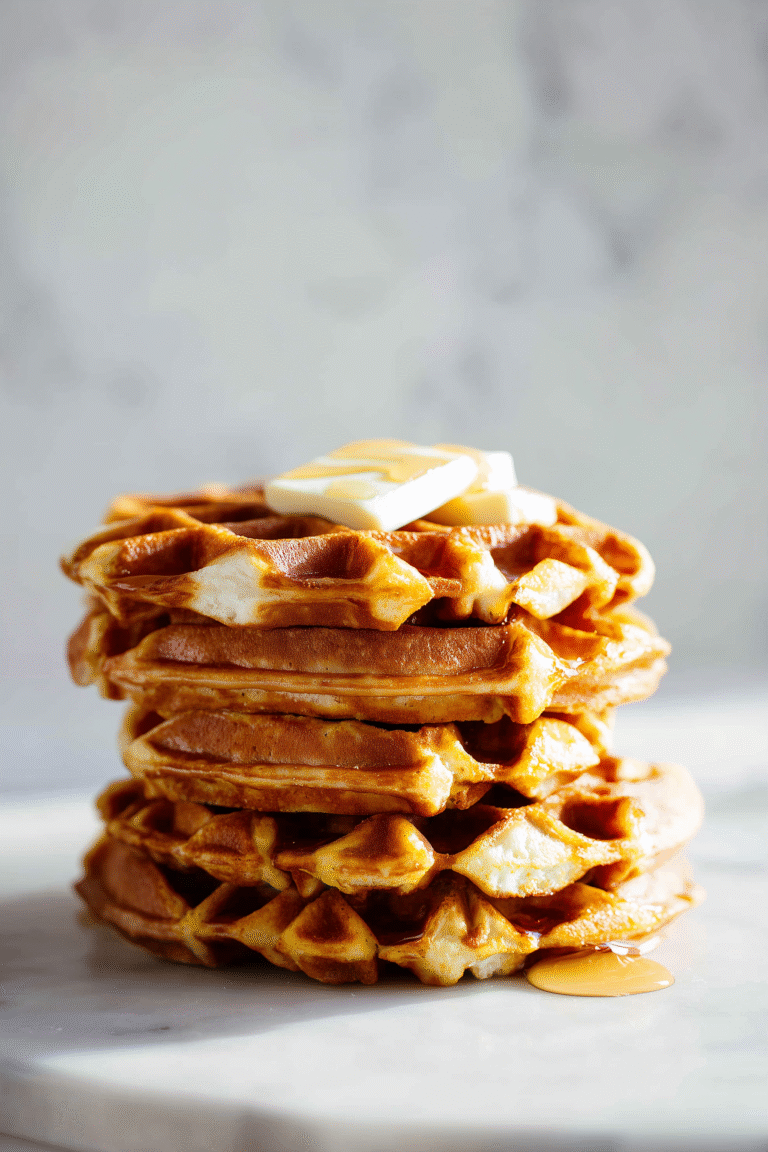
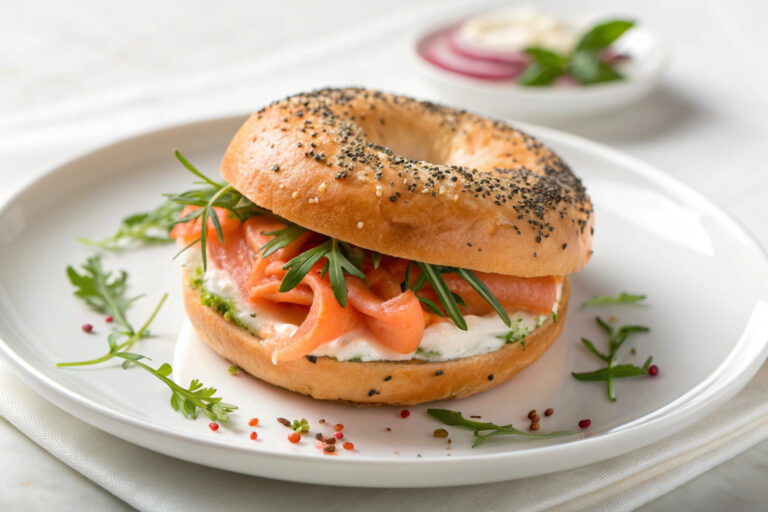

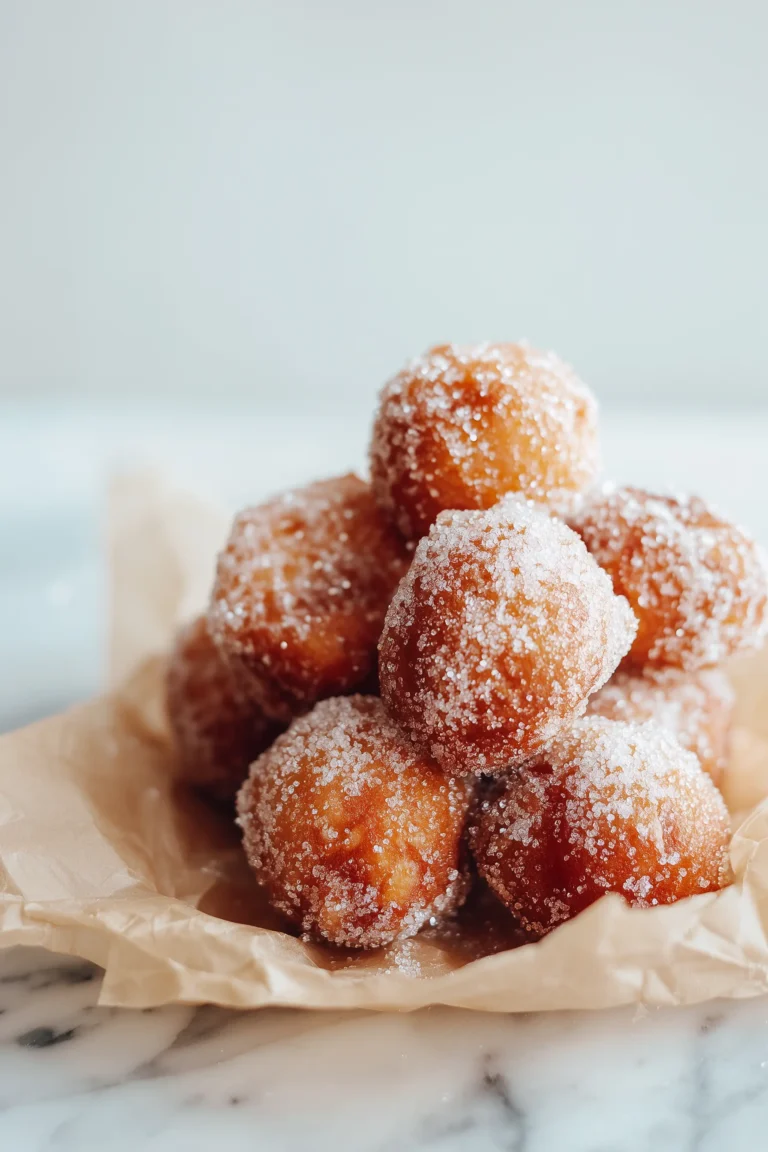
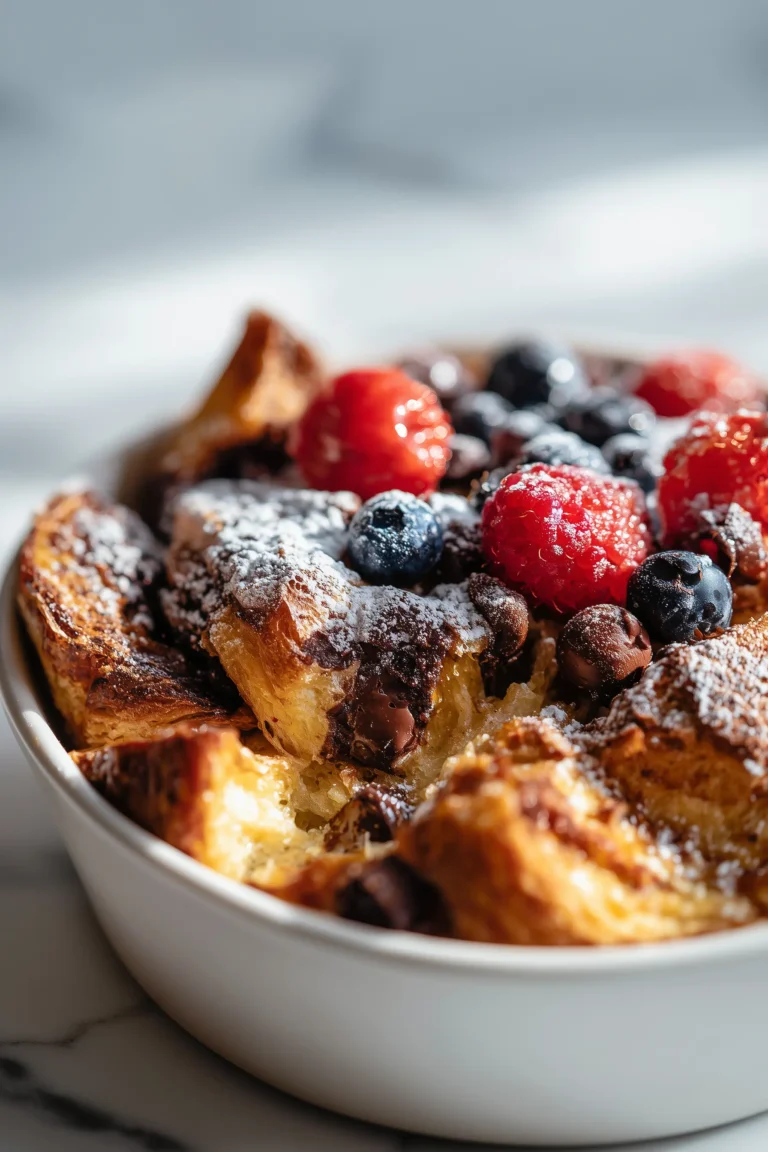
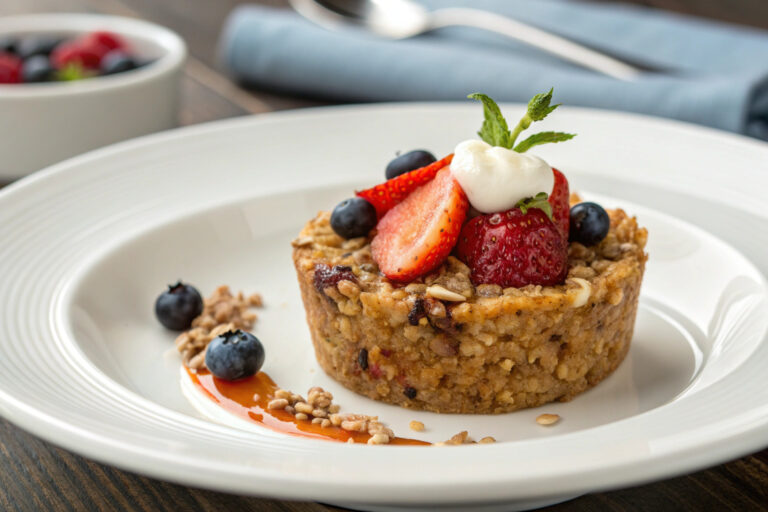
Delicious! I love the addition of almond flour, which I haven’t seen. They turned out great, but look NOTHING like your picture! Mine are very dark and resemble a savory looking pancake, nothing like light (white) bread. Nothing! But I will make again because they’re soooo good. I blended all of the ingredients in a food processor.